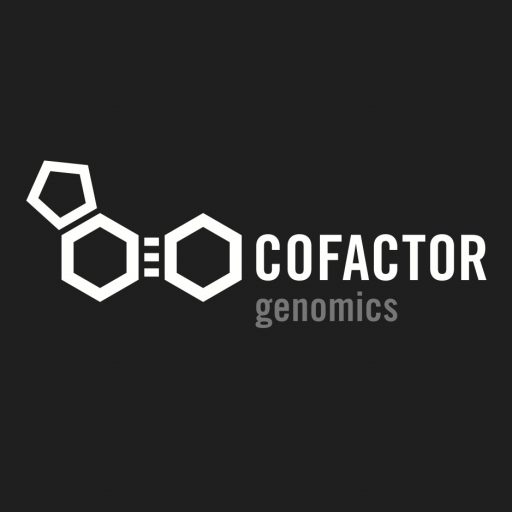This is a project to sequence the whole genome of a species (which has not been sequenced yet), assemble the reads, and use the annotations (from related species) to annotate genes on the new genome.
I'm new to the data analysis in this field. Could anyone tell me what kind of analysis procedures and the widely-used programs I need to follow and use?
Thanks.
I'm new to the data analysis in this field. Could anyone tell me what kind of analysis procedures and the widely-used programs I need to follow and use?
Thanks.

Comment